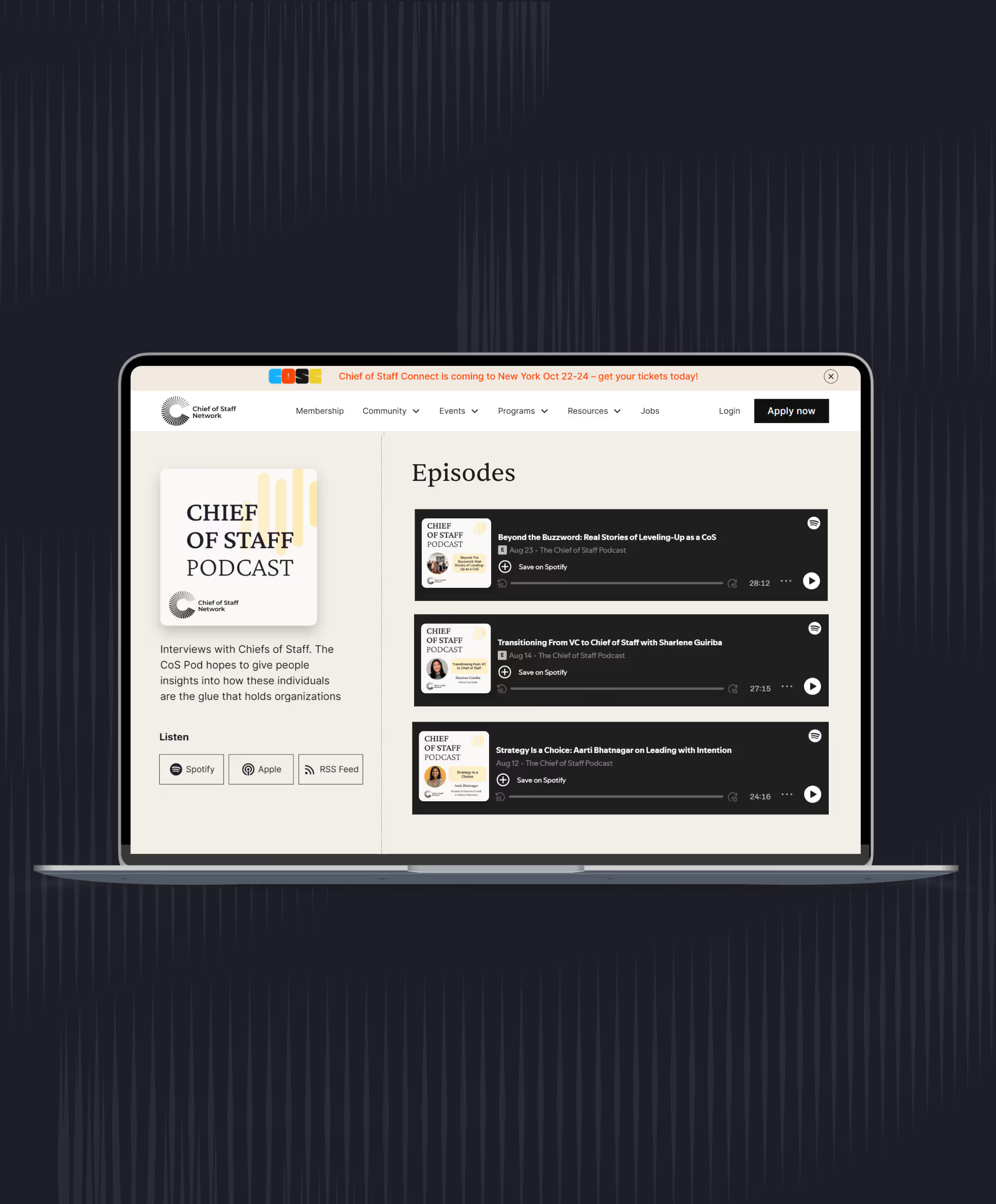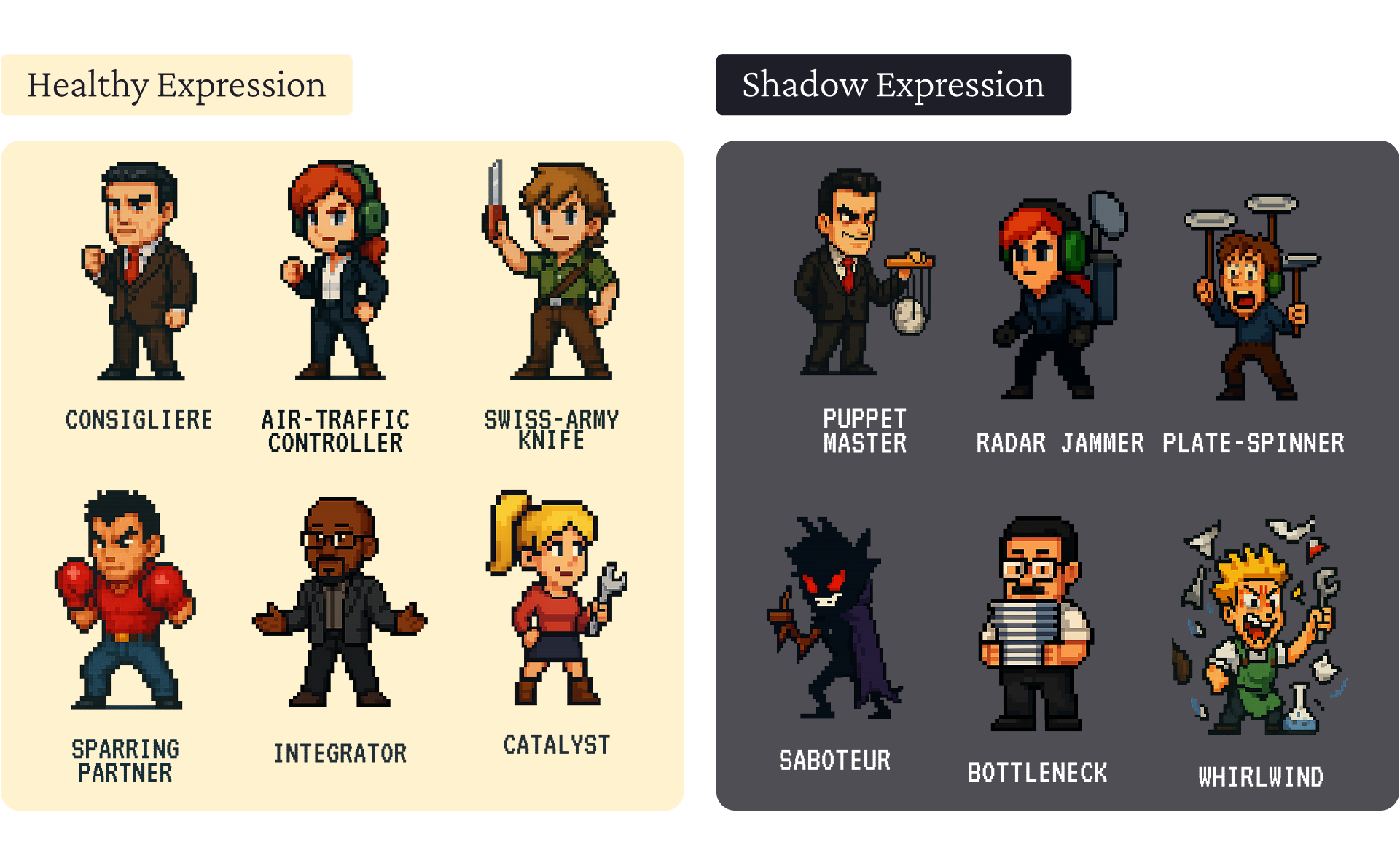Today, we’re thrilled to share a collaborative post with our friends at Ambr, a firm working on proactive, real-time burnout prevention. If you’re interested in learning more, please reach out to Steph Newton at steph@ambr.company. Without further ado, let’s get to the post!
The global pandemic has brought about one of the most significant shifts in the global workforce: the move to remote and hybrid working models. With this sudden and transformative change, we had little time to fully prepare or grasp the potential implications.
As a result, numerous wellbeing challenges have emerged:
- An “always on” culture where the line between work hours and personal time becomes increasingly unclear. The pressure to respond instantly can lead to heightened stress levels and decreased job satisfaction.
- Weaker relationships and support structures compared to in-office work. The absence of impromptu coffee breaks, water cooler chats, and spontaneous brainstorming sessions can exacerbate feelings of stress and isolation.
- Reduced visibility of colleagues' well-being is another challenge of remote work. It can be harder to pick up on subtle signs of stress or burnout when our interactions are solely through screens. This lack of visibility can lead to delayed support for those silently struggling.
In this blog post, we’ll delve deeper into the business benefits of implementing a preventative, early intervention strategy to address workplace stress and burnout that the hybrid and remote world has made more challenging to manage.
Why should we care about burnout?
The World Health Organization defines burnout as an occupational phenomenon resulting from chronic workplace stress that has not been successfully managed. It is characterized by three dimensions:
- Energy depletion or exhaustion
- Increased mental distance from one’s job or cynicism about work
- Reduced professional efficacy
Aside from the obvious, negative impacts burnout has on employee wellbeing, there are also significant business costs (attrition, absenteeism, hiring) as well as direct benefits if wellbeing is improved (productivity, retention). Looking just at productivity, every employee can win up to 36 working days of productivity from wellbeing improvements (source).
Addressing Organizational Root Causes
While personal circumstances can impact how individuals handle stress, research indicates that the majority of burnout risk is tied to organizational factors. Unfortunately, many organizations focus heavily on individual wellness initiatives, overlooking the broader organizational issues that contribute to stress and burnout.
The organizational root causes of workplace stress and burnout in a hybrid world can be categorized into five key contributors:
- Unsustainable workload: Working too hard under too much pressure for an extended period becomes unsustainable. In a remote or hybrid working environment, where work and personal life boundaries blur, unsustainable workloads are more likely to occur.
- Poor time boundaries: Infringing on personal time and rest by receiving work messages late at night or being expected to log in during weekends or holidays creates a culture where overwork is the norm.
- Poor relationships: Strong and supportive relationships in the workplace act as a buffer against stress and burnout. Remote and hybrid work can strain these relationships, while negative relationships or a lack of supportive connections contribute to burnout.
- Lack of autonomy: Feeling a lack of control over one's work and responsibilities can lead to frustration, disengagement, and ultimately, burnout. Empowering employees to have a say in their tasks and schedules is crucial, especially in a remote or hybrid environment.
- Lack of recognition: Feeling valued and recognized for one's work is a powerful motivator. In remote or hybrid settings, employees' contributions can often go unnoticed, leading to feelings of being undervalued and ultimately, burnout.
Understanding these root causes is vital for organizations to take a proactive approach, addressing the underlying issues rather than merely dealing with the symptoms. By doing so, organizations can create a culture that supports employee well-being and prevents burnout.
A Path Forward
Solutions in the wellbeing space have traditionally been more reactive than proactive, focusing on treating an individual’s symptoms once already present as opposed to preventing an individual displaying symptoms of burnout in the first place.
A more proactive, data-driven approach should look to understand how teams are scoring across organizational root causes throughout the year and to intervene early when there are signs of concern. There is a wealth of data available to support this and a comprehensive solution should incorporate not just survey data from employees, but also objective data points such as meeting volume and annual leave usage.
Organizations that adopt a data-driven approach to their wellbeing solutions also have the opportunity to more tangibly measure return-on-investment to the business from investment in wellbeing tools, such as higher retention. This should be the goal for all organizations going forward as they seek to correlate effective wellbeing strategies with an improvement in their bottom line.
If you’re interested in learning more about implementing a data-driven proactive wellbeing strategy, reach out to steph@ambr.company.







.avif)
.avif)

.avif)






